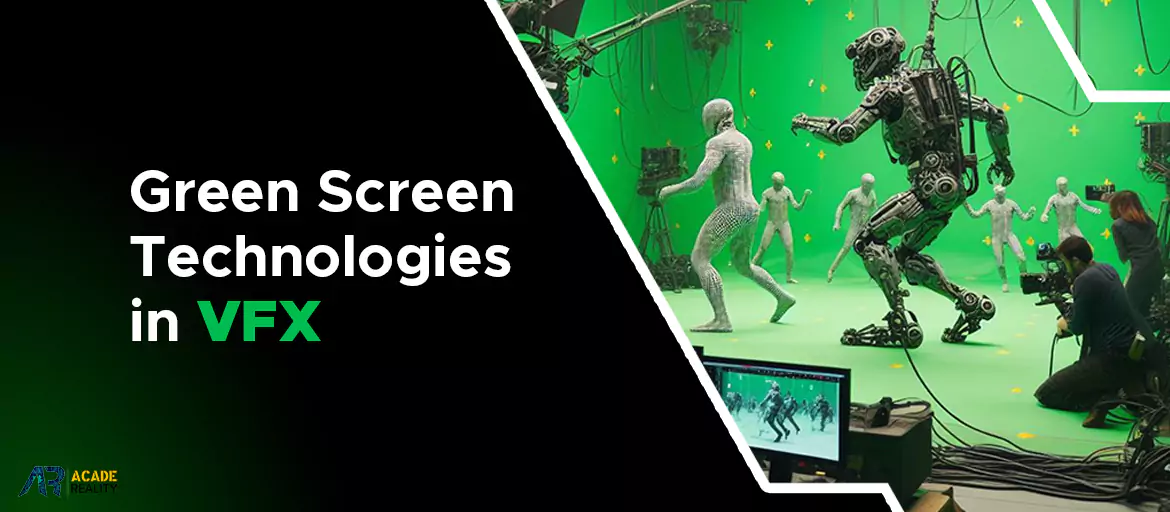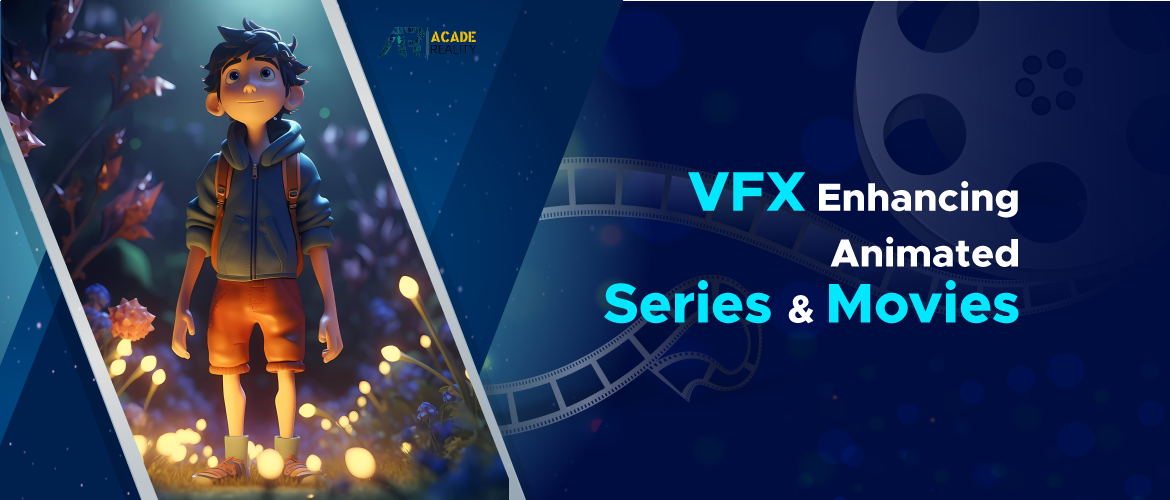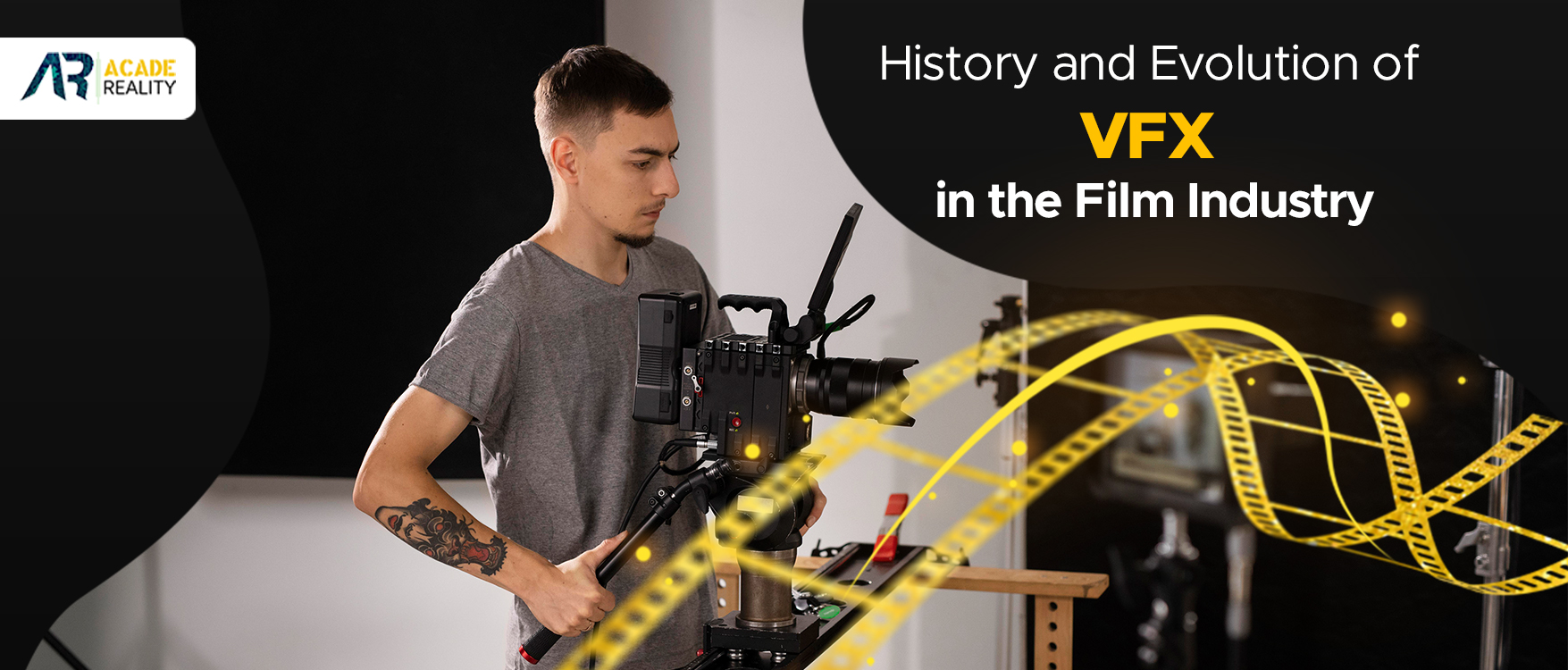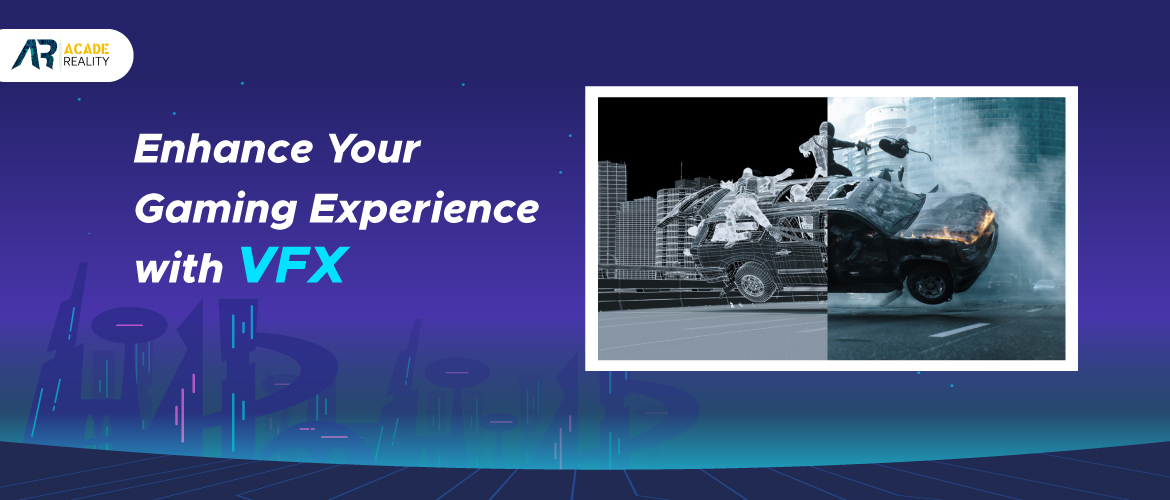Future of VFX: Trends and Innovations to Watch
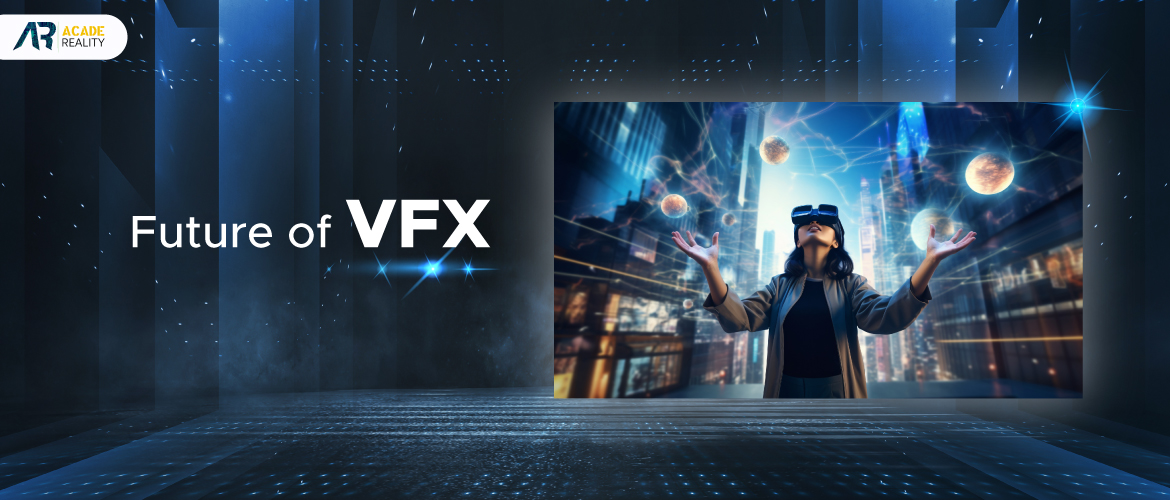
In the constantly shifting world of entertainment, visual effects, or VFX, are now the foundation of immersive narrative. Video game graphics and stunning movie scenes are only two examples of how VFX has influenced every aspect of our digital lives. With technology developing at a breakneck speed, visual effects (VFX) have bright futures ahead of them that will change the way we view both fiction and reality.
In this blog, we explore what is the future of VFX, as well as the advancement in VFX technology, trends and breakthroughs that are expected to shape it, and the future challenges and opportunities that will change the upcoming nature of VFX.
What is the Future of VFX?
The future of VFX is a thrilling canvas painted with technological marvels and creative originality. Advancements in VFX technology are not merely limited to enhancing visual aesthetics; they are pushing the boundaries of what is possible, blurring the lines between reality and imagination. From hyper-realistic simulations to immersive augmented reality environments, the future of VFX promises a realm of limitless possibilities.
Advancement in VFX Technology: A Glimpse into Tomorrow
Advancement in VFX technology has revolutionized the entertainment industry, allowing filmmakers to create stunning visual effects that were once unimaginable. With VFX, the possibilities for what may be created on a large screen have been expanded, from lifelike creatures to stunning landscapes.
We can only begin to speculate about the amazing opportunities that lie ahead of us as technology advances. VFX artists will have even more tools at their disposal to realize their creative visions with the incorporation of AI and machine learning.
Here are some of the advancements in VFX technology:
1. Real-Time Rendering
Real-time rendering is at the forefront of VFX innovation. The ability to generate high-quality visuals in real time not only accelerates production timelines but also allows for interactive experiences in gaming and virtual reality. This advancement is set to revolutionize how we perceive computer-generated imagery.
2. Artificial Intelligence and Deep Learning
Deep Learning algorithms and Artificial Intelligence are reshaping character animation and facial expressions in VFX. Machines are learning to mimic human emotions and movements with astonishing accuracy, paving the way for more authentic and relatable digital characters. This human-like quality in animation enhances storytelling, eliciting deeper emotional connections from the audience.
3. Augmented Reality (AR) Integration
AR technology is seamlessly merging with VFX, opening up avenues for interactive and immersive experiences. Whether it's enhancing live sports broadcasts or transforming educational content, AR-integrated VFX services are revolutionizing how we engage with the world around us.
4. Holographic Displays
The way we perceive 3D content is about to change due to the rise of holographic screens. Without the need for special glasses, these displays produce lifelike holograms that can be viewed from a variety of angles. In the future, this technology will find its way into various sectors, from medical imaging to design prototyping, enhancing visualization, and collaboration.
Current Trends in Visual Effects (VFX)
The world of Visual Effects (VFX) is in a constant state of evolution, shaped by technological advancements, creative innovations, and the demands of a dynamic entertainment industry.
Here are the current trends reshaping the landscape of VFX:
-
Real-Time VFX
In real-time VFX is transforming the visual effects industry by enabling artists to produce exceptional visual effects instantly. This trend is especially important for the gaming industry since it allows for immersive and engaging experiences where player actions instantly trigger in-game effects.
-
Virtual Production and LED Walls
Virtual production techniques, including the use of LED walls and sophisticated virtual sets, are gaining prominence. These technologies allow filmmakers to capture scenes in real-time within a controlled virtual environment, enhancing flexibility, and reducing post-production workload.
-
Deep Learning and AI Integration
Deep learning algorithms and artificial intelligence are being integrated into VFX pipelines. AI-driven tools enhance tasks such as rotoscoping (transfer of an image from live-action film), facial recognition, and motion tracking, improving efficiency and accuracy in complex visual effects sequences.
-
Augmented Reality (AR) and Virtual Reality (VR) Experiences
The integration of VFX with AR and VR technologies is creating immersive experiences beyond traditional entertainment. From interactive marketing campaigns to educational simulations, VFX-driven AR and VR applications are diversifying and expanding rapidly.
-
CGI in Streaming Content
There is an increasing need for superior material due to the growth of streaming platforms. For streaming movies, shows, and documentaries, visual effects (VFX) are essential to producing visually appealing scenes and effects. CGI (computer generated imagery) elements seamlessly blend with live-action footage, enhancing storytelling possibilities.
-
De-Aging Technology
De-aging technology is being extensively utilized in film and television productions. VFX artists employ sophisticated techniques to digitally rejuvenate actors, allowing them to portray characters spanning different ages and eras convincingly.
-
Environmentally Conscious VFX
Sustainability is a key focus in the VFX industry. Studios are adopting eco-friendly practices, minimizing waste, and exploring energy-efficient technologies. This shift toward environmentally conscious VFX production reflects a broader commitment to reducing the industry's ecological footprint.
VFX Services: Shaping the Future of Entertainment
Behind these advanced technologies are VFX services that bring creative visions to life. VFX companies are becoming hubs of innovation, employing skilled artists, technicians, and programmers who collaborate to push the boundaries of what is possible. These services are not confined to Hollywood blockbusters; they extend to commercials, virtual events, and educational content, enhancing the overall quality and impact of visual media.
In the future, it will play a pivotal role in transforming traditional industries. Architectural visualizations will become more immersive, allowing clients to explore buildings before they are constructed. Medical simulations will aid in training healthcare professionals, providing realistic scenarios for practice. Historical events can be recreated, offering educational experiences that transport students to different eras.
Future Challenges and Opportunities in Visual Effects (VFX)
The future of Visual Effects (VFX) is undoubtedly promising, marked by innovative technologies and expanding creative horizons. However, along with opportunities, the industry also faces several challenges that demand careful navigation and strategic planning.
Let's delve into the future challenges and opportunities that await the world of VFX.
Challenges:
1. Demand for Realism
With audiences becoming more judgemental, there's a constant demand for hyper-realistic visuals. Meeting this demand poses a challenge as it requires continuous advancements in technology and techniques to create lifelike animations and effects.
2. Data Security
The increasing reliance on digital data in VFX production raises concerns about data security. Protecting intellectual property and sensitive client information against cyber threats becomes paramount, necessitating robust cybersecurity measures.
3. Talent Shortage
The rapid growth of the VFX industry has led to a shortage of skilled professionals. Finding and retaining talented artists, animators, and technicians is a challenge. Continuous training and talent development initiatives are essential to bridge this gap.
4. Project Complexity
VFX projects are becoming increasingly complex, requiring collaboration between diverse teams and experts. Coordinating workflows, managing large datasets, and ensuring seamless communication pose significant challenges, particularly in global productions.
5. Evolving Hardware and Software
Keeping up with the constant evolution of hardware and software technologies is challenging. VFX studios need to invest in the latest tools and equipment to maintain a competitive edge, which involves substantial financial investments.
Opportunities:
1. Augmented Reality (AR) and Virtual Reality (VR)
The integration of VFX with AR and VR technologies opens new avenues for immersive experiences. From interactive games to virtual tours. The synergy between VFX and AR/VR offers limitless opportunities across various industries.
2. Streaming Platforms
Streaming platforms have created a vast demand for high-quality content, including movies, series, and advertisements. VFX plays a pivotal role in creating visually captivating content, providing ample opportunities for studios to showcase their expertise.
Read Also: Enhance Your Gaming Experience with VFX
3. Medical and Scientific Visualization
VFX finds applications beyond entertainment, particularly in medical and scientific fields which creates accurate visualizations for educational purposes, simulations, and research and offers a unique opportunity for VFX professionals to contribute to advancements in these domains.
4. Global Collaborations
The digital nature of VFX allows for seamless global collaborations. Studios can collaborate with international talent, leveraging diverse skills and perspectives. This global synergy fosters creativity and innovation.
5. Environmental Sustainability
Embracing sustainable practices in VFX production presents an opportunity for the industry to reduce its carbon footprint. Adopting eco-friendly technologies, minimizing waste, and promoting green initiatives contribute to a positive environmental impact.
In navigating these challenges and embracing opportunities, the future of VFX lies in adaptability, creativity, and a commitment to excellence. By addressing challenges with strategic solutions and seizing emerging opportunities, the VFX industry is poised to continue its transformative journey, captivating audiences and leaving a lasting impact on the world of visual storytelling.
Conclusion: Embracing the Future
The future of VFX is a realm where creativity meets technology in perfect harmony. As advancements continue to unfold, the possibilities are limitless. From awe-inspiring cinematic moments to practical applications in various fields, the impact of VFX on our lives will only intensify.
To harness the full potential of the future of VFX, it is crucial for businesses and creators to stay abreast of these trends. Taking use of these advancements will not only improve the caliber of the content but also transform the way we interact with viewers, creating an immersive and visually spectacular experience for the future of entertainment.
You Might Like
